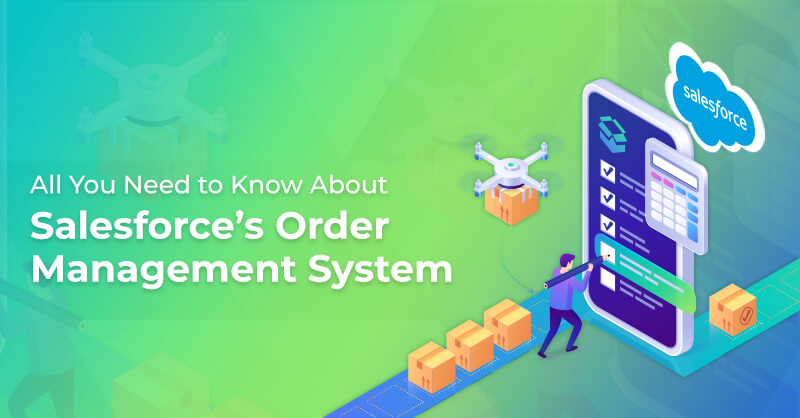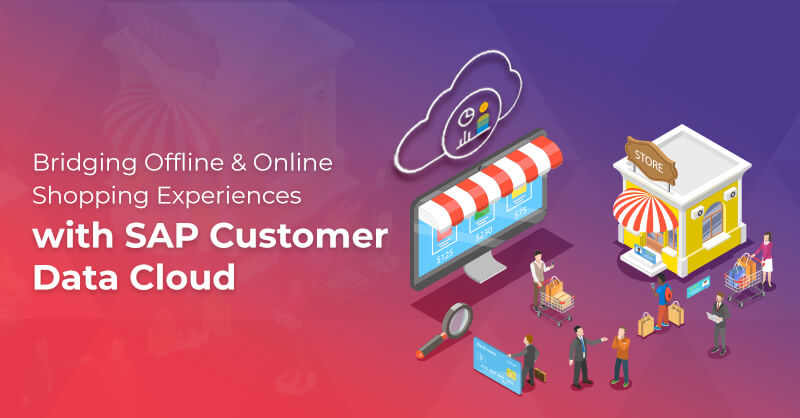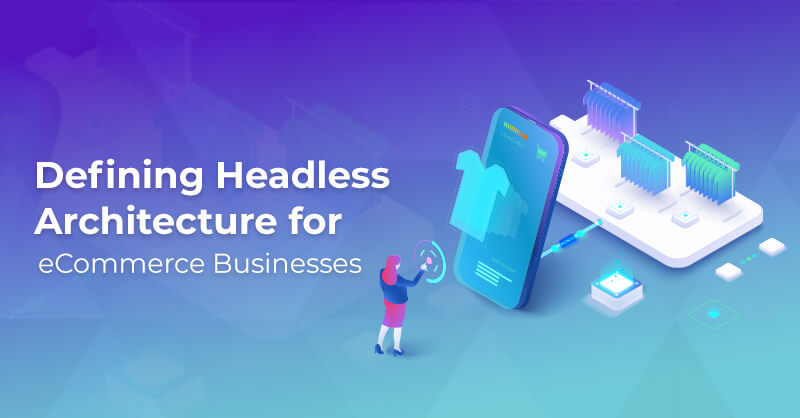Customer Loyalty Program: Best Practices & Strategies
Written by Poonam Chandersy
Technical Content WriterIn today’s economy, long-term and profitable customer relationships are the key to success in any industry. Since customer retention is cheaper than customer acquisition, companies are implementing intelligent and structured loyalty programs to retain the existing customers and expand their lifetime value associated with the companies. Also, many buyers from different industries are collaborating with each other to provide a varied combination of loyalty programs to their customers.
Businesswire reports that “The global Loyalty Program market size is expected to grow by over USD 200 billion at a rate of 13% over the next few years.”
What is Royal Cyber’s Loyalty Program?
A loyalty program is a solution that records a customer’s purchases using points or numeric measures. The program stores this information in a database that categorizes members based on their participation and enables them to obtain rewards depending on the value and frequency of their purchases. These rewards range from products or services, discounts, or even pre-sales access and exclusive shopping experiences.
A successful loyalty program is proven to build customer loyalty, enhance the brand, increase market share, and improve overall profitability. If executed properly, an effective loyalty program helps to:
Acquire new customers by presenting additional value beyond traditional transactions
Increase the value of the most profitable customers
Expand and enhance the relationship with lower-tier, less profitable customers
In a recent article published by Forbes on the importance of Loyalty Program, it stated that “81% of consumers say that Loyalty Programs make them more likely to continue doing business with brands and 66% modify their spending patterns to maximize Loyalty benefits.”
The goal of an effective loyalty program is to improve the customer experience and increase sales. For this, it is essential that loyalty programs deliver relevantly targeted and personalized incentives and rewards. However, this does not restrict the program to simply offering discounted products or services. Instead, the idea is to create a visibly compelling member experience that eventually translates into a stronger preference for the merchant.
Why do Consumers adopt Loyalty Programs?
With data breaches and security on the rise, consumers are increasingly cautious about identity theft. They are often targeted with overwhelming, unwelcoming, and irrelevant business messages, making them skeptical about sharing their contact information. However, the actual test of a loyalty program lies in the ability to engage a customer with incentives and promotions that are highly personalized and present a value tailored to them.
The same article by Forbes also states, “86% of consumers say personalization plays an important role in their buying decisions, and 87% of shoppers said that when online stores personalize, they are driven to buy more.”
The idea of a Loyalty Program is to make the consumer feel special, like an elite insider who has access to the privileges, discounts, and experiences unavailable to the rest. It helps to move the customer from being a fleeting shopper who bases their decisions on the price to a loyal customer who acknowledges and appreciates the value of the relationship. Businesses must earn the customer’s trust to achieve this level of engagement and acquire the relevant information, thereby making the consumer want to share the information because they have been presented with relevant information through the program membership.
Best Practices of Loyalty Programs
Loyalty programs can shift the behavior of a specific class of customers. Behavioural change can vary from the business or service to the competitive landscape. Loyalty programs reflect these nuances and help to identify the customer across all channels and touchpoints. The only way to provide the customer with more opportunities to interact is by tracking each one individually.
Some of the best practices to adopt while implementing a Loyalty Program are:
- Personalize – Base the rewards, offers, discounts, promotions on the consumer’s preferences, values, and shopping habits.
- Simplify – An easy-to-understand with simple rewards and redemption structure enables consumers to engage and visualize their rewards, increasing participation and spending.
- Differentiate – Customers tend to be part of several loyalty programs that may be direct competitors. A competitive analysis of the loyalty program will help to implement creative initiatives to differentiate your brand.
- Knowledge – Learn more about loyal customers through surveys and market research. Robust profiling allows reward personalization and the ability to cater to their demands and needs in turbulent retail times.
Some of the practices to avoid while implementing a Loyalty Program are:
- Assumptions – Assuming what consumers want based on perceptions rather than data provided reduces the success chances of the program.
- Complexity – Avoid complicated structures that make it difficult for consumers to comprehend how they will be rewarded; the program must be easily understandable and well-presented.
- Underestimate – Even if the business has a monopoly in the market, it will not be long before customers flock to competitors when the opportunity arises – ensure that the loyalty program builds competitive barriers.
- Partiality – Recognizing a member during a service issue can disarm a customer and make them feel set apart from the standard customers.
The Importance of Rewards
While rewards, incentives, and promotions are the ultimate reason consumers engage in a loyalty program, they also enable them to feel empowered with these memberships. Instead of offering every customer the same incentive, businesses can provide more options by providing flexible incentives and a choice of rewards. Another way to boost the value of the loyalty program is to incorporate other partners. This allows the creation of unique and compelling rewards with innovative combinations of products and services and has been gaining traction lately.
Rewards Program Benefits
Lowering the Cost of a Customer
There is a cost to acquire a customer and a cost to maintain a customer – one that must be monitored and managed thoroughly. Fortunately, loyal customers tend to incur lower costs and are likely to value the relationship. Although loyalty programs are structures around rewarding customers for their spending behaviour, one of the most important ways to create an enduring relationship is to recognize and respond when a customer has a bad experience.
Often, retailers fail to recognize that customer service poses a unique opportunity to create loyalty through timely and effective responses. Taking the right steps to minimize the impact of the inconvenience or service will only result in greater loyalty and deepen the relationship with the customer.
A Harvard Business Review article reports, “It costs 5x less to retain customers than acquire new ones and loyal customers spend up to 67% more than new customers.”
The Key Components of a Loyalty Program
The goal is to create a buyer who is loyal to the brand. This is means adopting and implementing a loyalty program that is most suitable to the business and customer. The following steps to creating a loyal customer and profitable loyalty program include:
- Plan and Strategy – The plan must include creating profitable customers through a well-designed and configured loyalty program. It should reward previous purchases and encourage customers to make immediate purchases and spend in the future. Businesses must position the loyalty program to achieve greater profitability in the short and long term while ensuring that the experience is rewarding for the consumers. The strategy must be implemented through the actual engine of the loyalty program using both transactional and demographic data.
- Technology – Loyalty technology can range from a simple points collection to a robust and versatile engine that supports a program with a broader strategic mandate. The ideal engine should cover the complete customer journey from enrollment, issuance to redemption. Other critical components of a loyalty program include demographic information, tracking, and reporting that help learns about the customer’s spending habits. While this technology must be provided cost-effectively, support and service for the technology are also critical factors in the selection and implementation decisions.
- Marketing – The initial rollout of the loyalty program can make all the difference. The value must include not only monetary awards but also increase the value of the brand. Various incentives and program styles work for different retail categories and segments. Most consumers associate loyalty programs with a card that can serve as an accurate branding mechanism. As trends and demographics evolve, cards are migrating to smartphone apps and other channels.
- Continuing Analysis and Measurement – A loyalty program must be constantly analyzed for effectiveness and relevance. A simple analysis of enrollment growth can provide a good overview of how customers feel about the program and whether it is compelling enough to join. Taking an average of the number of times a customer returns to purchase is a good measure to check for loyalty towards the brand. An increase in the average spending of the member compared to the average unenrolled customer signifies a behavioural change that will drive profitability and help the business grow and improve.
“A study by the Chief Marketing Officer (CMO) Council has found that marketers are mostly securing customer loyalty through discounts or free samples and premiums with 39 percent of respondents viewing discounts and savings as the key member benefits", reports the CMO Council.
Customer Preferences
Loyalty programs help to gather information about the customers. This information helps to personalize and tailor the messages, resulting in their inclination to share information about themselves and providing opportunities for customers to reveal their preferences. This is possible by inquiring about the customer’s preferences at enrollment, tracking their responses to incentives, and offering free products and services choices. Businesses can learn a great deal by monitoring these choices and responses.
Market research conducted by the Harvard Business Review discovered, “Loyal customers often convert and spend more money with brands they like, with 78% of loyal customers willing to spread the word to their friends and family.”
Relationship Management
While every loyalty program should provide what the customer wants, it should also focus on the business goals. The ideal path is to constantly gather insights about the individual customers and deliver what those customers are looking for. Relationship management also entails paying attention to customers in real-time. This includes integrating the loyalty program with point-of-sale information to provide real-time rewards.
Conclusion
Customers are spending less, and competition is getting more intense than ever. As a result, loyalty programs are evolving to become a strategic part of every business. Investing in a new solution or enhancing an already existing plan can help to differentiate your business around the customer experience and drive lasting relationships. Royal Cyber can help to adopt, implement and remove integration hurdles that companies face when adopting these technologies on any eCommerce platforms ranging from Salesforce Commerce Cloud, SAP Commerce Cloud, to Adobe Magento among others. Contact us to help you with the cost and complexity of integrating Loyalty Programs into your eCommerce platforms.



